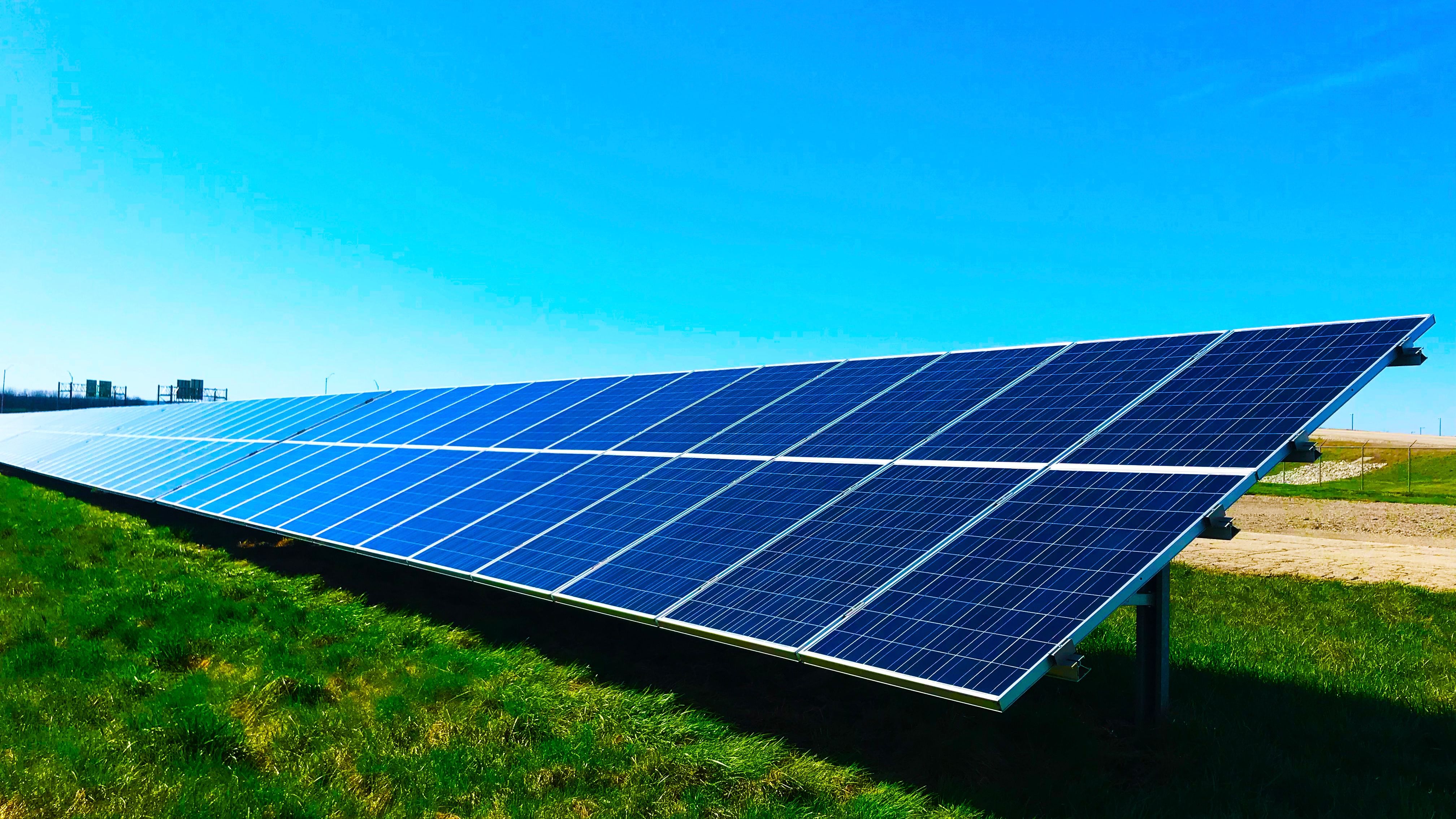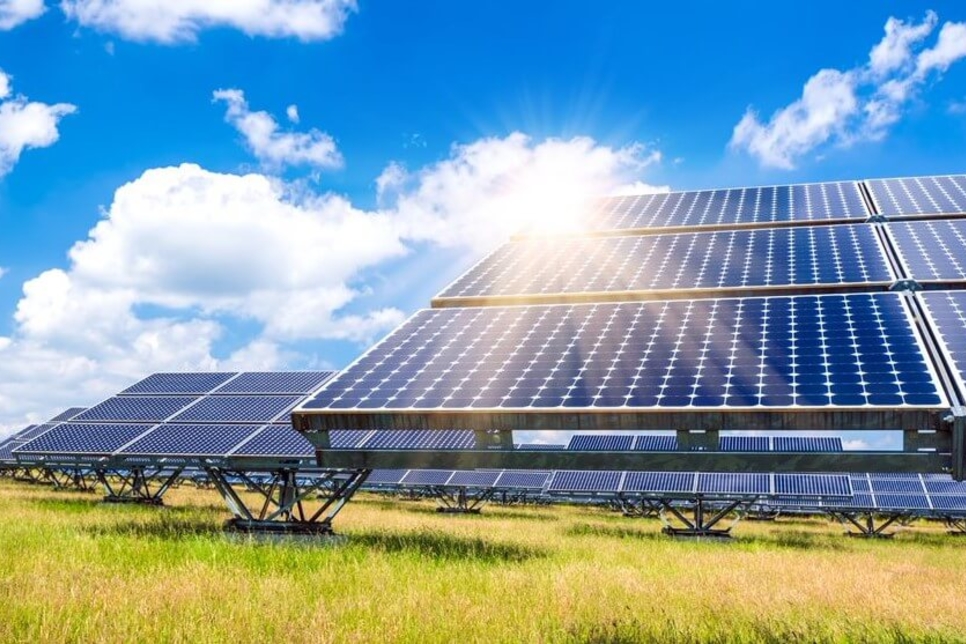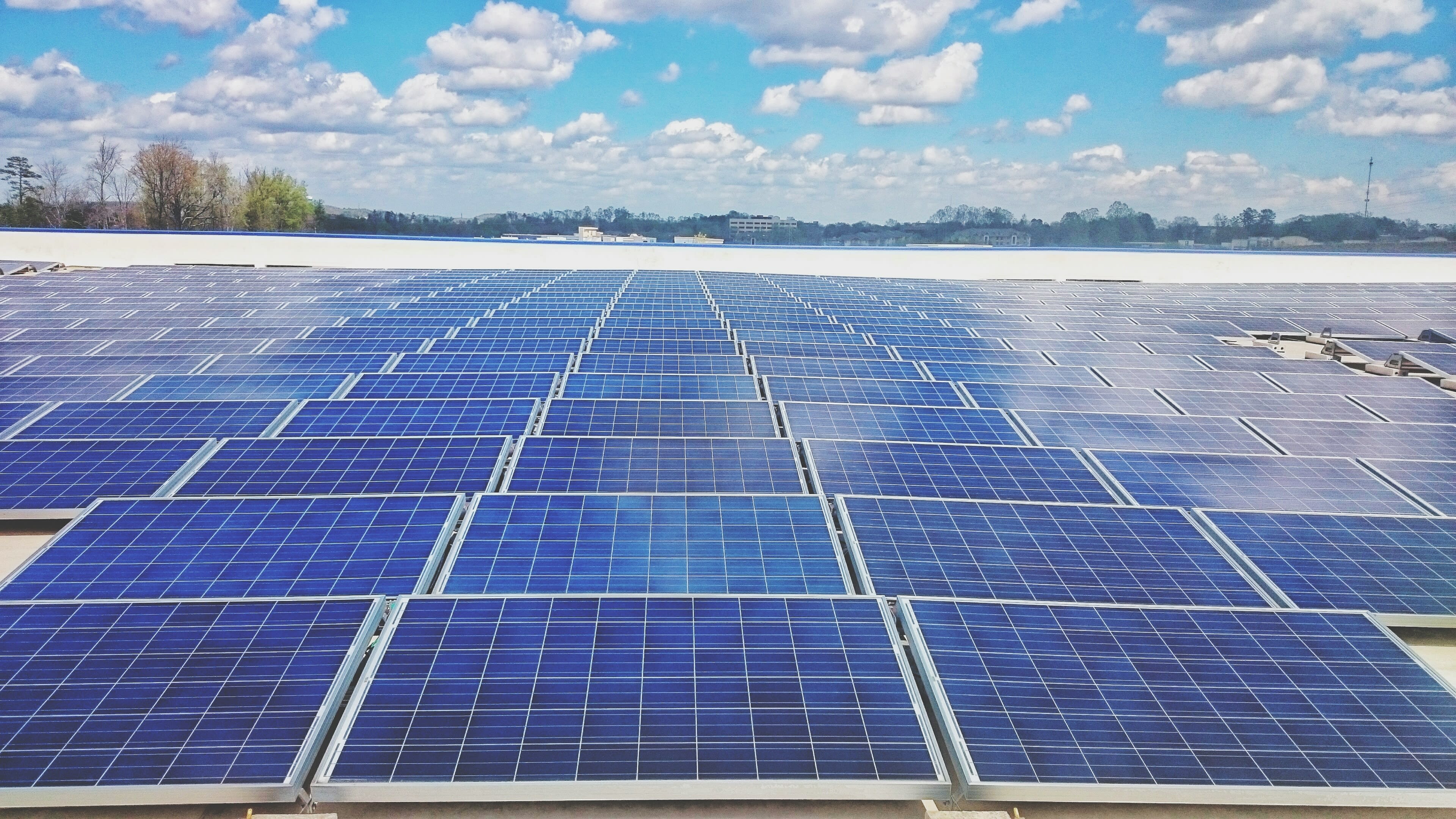

There’s no doubt about it, solar-powered electricity is a cost-saving energy alternative. Depending on the size of your solar power system, it can start generating more electricity than your home consumes, making your meter spin backward.
When you go solar, you can decrease your monthly electric bill, instantly saving on electricity month over month. With a solar panel system, your home will generate free power for its entire 30-year life cycle. Even if your solar power system does not produce 100 percent of the energy your house consumes, you still will be reducing your energy bills, and owning the power your panels produce.
Utility prices keep rising. Power rates for residential customers in the U.S. have risen nearly 70 percent since 2001. Utility rates will continue their upward trajectory as the cost of fuel for power plants rises. Also, the billions of dollars it will cost to clean up the coal ash problem will be passed on to all of us.
One of the advantages of solar energy is that you can protect yourself against variable electricity costs. Overall, going solar helps you have a more consistent financial forecast and better manage your utility expenses.
Homes with solar energy systems have higher property values than non-solar homes, according to a 2015 study from the Lawrence Berkeley Research Laboratory. From the same study, there’s evidence that they also sell faster than non-solar ones. As more homebuyers become more interested in the benefits of solar, demand for properties with solar panels will continue to grow.
Today, when homeowners are looking to make home improvements, solar energy is often on the top. While you’re living in your house, you enjoy lower electricity bills. When you decide to sell your home, you are expected to enjoy an increased property value that will be a fantastic return on investment from going solar.
Learn More - FAQ | Solar Energy
Renewable Energy Source. Among all the benefits of solar panels, the most important thing is that solar energy is a truly renewable energy source.
As a general solar industry rule of thumb, solar panels last about 25-30 years. However, this doesn’t mean that they stop producing electricity after 25 years – it just means that energy production has declined by what manufacturers consider to be a significant amount.
However, unless you live somewhere with high amounts of smog, dust, dirt or sand blowing around, solar panel cleaning is generally not necessary. In most cases, occasional rain will be enough to naturally and safely keep your solar panels clean and free of debris that could lower production.
Solar Power Energy | Solar Panels Installers
Solar power is the conversion of energy from sunlight into electricity, either directly using photovoltaics (PV), indirectly using concentrated solar power, or a combination. Concentrated solar power systems use lenses or mirrors and solar tracking systems to focus a large area of sunlight into a small beam. Photovoltaic cells convert light into an electric current using the photovoltaic effect.
Photovoltaics were initially solely used as a source of electricity for small and medium-sized applications, from the calculator powered by a single solar cell to remote homes powered by an off-grid rooftop PV system. Commercial concentrated solar power plants were first developed in the 1980s.
As the cost of solar electricity has fallen, the number of grid-connected solar PV systems has grown into the millions and utility-scale photovoltaic power stations with hundreds of megawatts are being built. Solar PV is rapidly becoming an inexpensive, low-carbon technology to harness renewable energy from the Sun.
The current largest photovoltaic power station in the world is the Pavagada Solar Park, Karnataka, India with a generation capacity of 2050 MW


